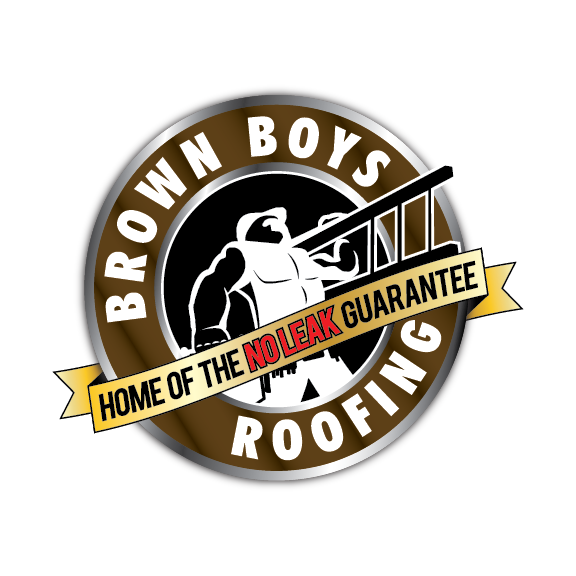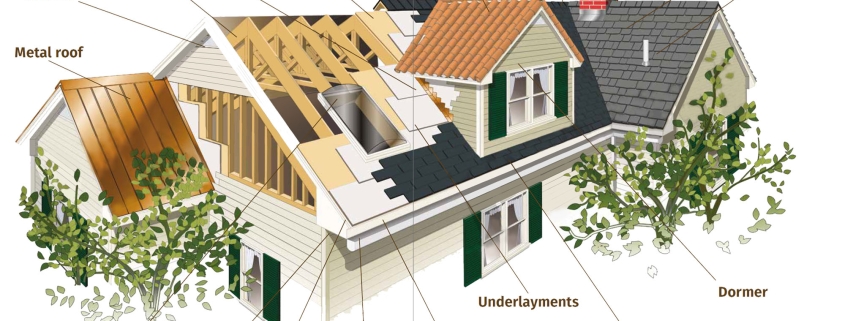Understanding Your Roofing System: What Every Homeowner Should Know
When it comes to protecting your home, few things are as important as your roof. While most homeowners think of a roof as just shingles or tiles, it’s actually a complete system made up of several components working together to shield your home from the elements. Understanding the basics of your roofing system can help you make better decisions when it comes to maintenance, repairs, and replacements.
What Is a Roofing System?
A roofing system is more than just the visible layer of shingles. It’s an integrated structure that includes multiple components, all designed to work together to provide waterproofing, ventilation, insulation, and structural support.
Here’s a breakdown of the key elements of a typical residential roofing system:
1. Roof Decking (Sheathing)
The roof deck is the foundation of your roofing system. It’s usually made from plywood or OSB (oriented strand board) and serves as the base that all other roofing materials are attached to. If the deck is compromised by rot or damage, it must be repaired or replaced before new roofing materials are installed.
2. Underlayment
Installed directly on top of the decking, underlayment provides an additional layer of protection against water infiltration. There are two main types:
-
Felt paper (tar paper) – traditional and cost-effective.
-
Synthetic underlayment – more durable and resistant to tearing.
3. Ice & Water Shield
This is a self-adhering waterproof membrane typically installed in vulnerable areas, such as valleys, roof edges, and around chimneys or skylights. It provides extra protection against leaks caused by wind-driven rain and ice dams.
4. Roof Covering (Shingles, Tiles, Metal, etc.)
This is the outermost layer of the roof, and it serves as the first line of defense against weather. Options include:
-
Asphalt shingles – affordable and popular.
-
Metal roofing – durable and energy-efficient.
-
Clay or concrete tiles – great for longevity and aesthetics.
-
Slate – extremely durable but heavy and expensive.
Each roofing material has different benefits depending on your climate, budget, and design preferences.
5. Flashing
Flashing consists of metal pieces installed at joints, around chimneys, vent pipes, and valleys to direct water away from these vulnerable areas. Without proper flashing, leaks can easily develop.
6. Ventilation System
Proper attic ventilation is crucial to prevent moisture buildup and extend the life of your roof. It includes:
-
Ridge vents
-
Soffit vents
-
Gable vents
-
Powered attic fans (in some cases)
Good ventilation keeps your attic cooler in the summer, reduces energy costs, and helps prevent ice dams in the winter.
7. Roof Ridge & Hip Caps
Ridge caps are special shingles installed along the peak of the roof. Hip caps cover the hips (the external angles formed by intersecting roof slopes). These caps help protect the most exposed areas of your roof.
8. Gutters & Downspouts
While not technically part of the roof, your gutter system plays a critical role in channeling water away from your roof and foundation. Clean, properly pitched gutters prevent water damage and extend the life of your roofing system.
Why the Roofing System Matters
Your roofing system is your home’s first defense against weather damage. When all components are installed correctly and maintained regularly, they work together to:
-
Prevent leaks and water damage
-
Improve energy efficiency
-
Extend the lifespan of your roof
-
Enhance your home’s curb appeal and value
Final Thoughts
Understanding your roofing system helps you make informed decisions when hiring a roofing contractor, planning maintenance, or investing in a roof replacement. At [Your Company Name], we believe in educating our customers so they feel confident every step of the way. Whether you need a simple repair or a full roof installation, our team is here to help.
Need an inspection or have questions about your roof? Contact us today!









